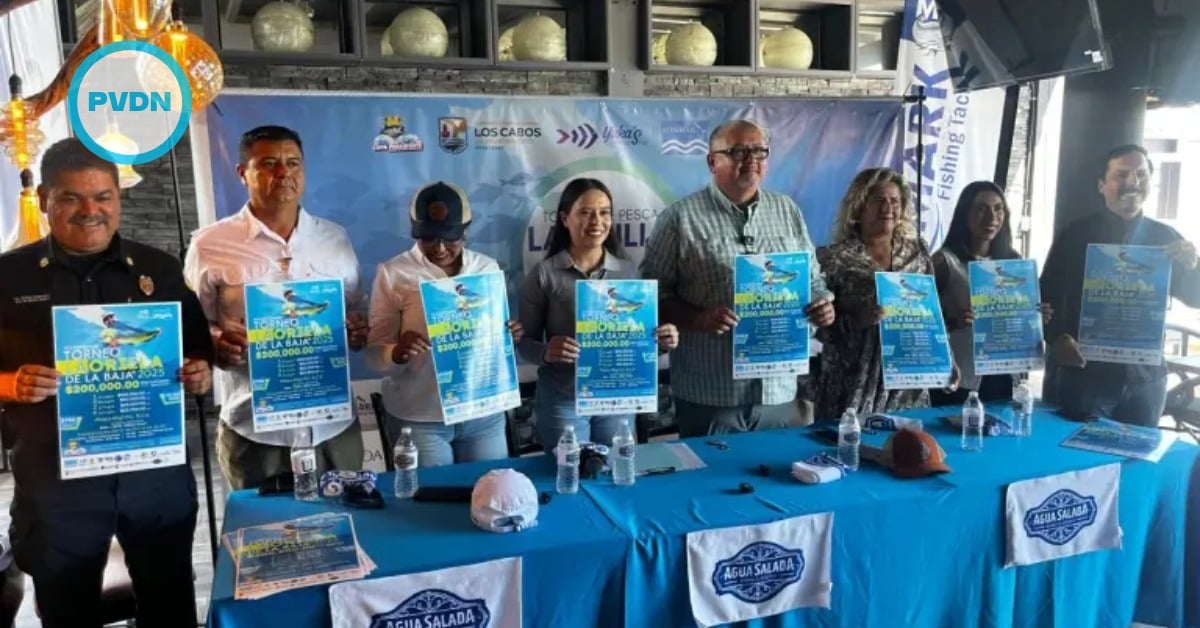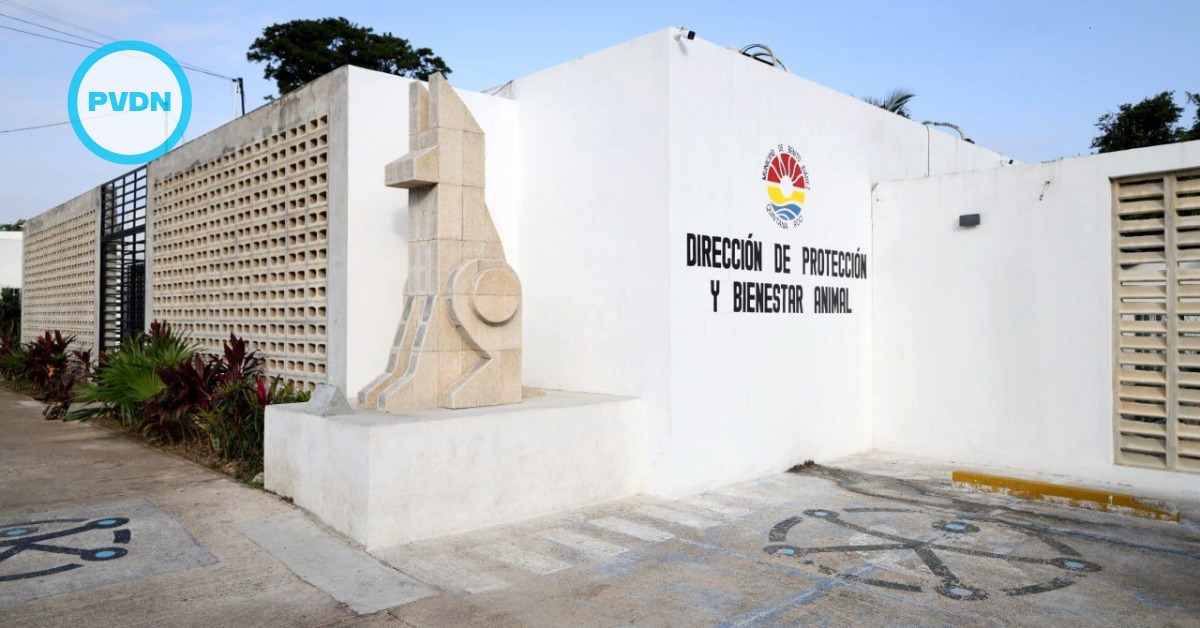Warning labels detailing health risks associated with sugary drinks such as diabetes and obesity may convince parents not to buy these beverages for their kids, a U.S. study suggests. For the experiment, researchers gave 2,381 parents online surveys asking them to select a bevera…






